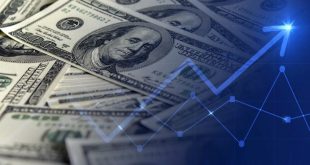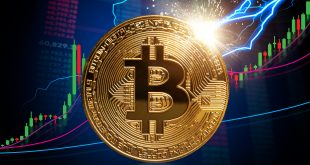U.S. job growth slowed more than expected in July, while the unemployment rate increased to 4.3%, heightening concerns that the labor market is deteriorating and potentially making the economy vulnerable to a recession.
Employment Report Highlights
- Nonfarm Payrolls: Increased by 114,000 jobs in July, following a downwardly revised increase of 179,000 in June.
- Economist Expectations: Economists polled by Reuters had forecast an increase of 175,000 jobs, with estimates ranging from 70,000 to 225,000.
- Unemployment Rate: Rose to 4.3% from 4.1% in June, marking the fourth consecutive monthly increase.
Factors Influencing Job Growth
Hurricane Beryl, which disrupted power in Texas and affected parts of Louisiana during the payrolls survey week, likely contributed to the lower-than-expected payrolls gain.
The labor market is showing signs of slowing, driven more by low hiring rates than by layoffs. The Federal Reserve’s interest rate hikes in 2022 and 2023 have dampened demand, contributing to the slowdown in hiring. Government data earlier this week showed that hiring dropped to a four-year low in June.
Wage Growth
- Average Hourly Earnings: Rose 0.2% in July after a 0.3% increase in June.
- Year-on-Year Wage Increase: Wages increased by 3.6% in the 12 months through July, the smallest annual gain since May 2021, following a 3.8% advance in June.
Although wage growth remains above the 3%-3.5% range considered consistent with the Fed’s 2% inflation target, the data continues to show inflation-friendly trends. This employment report strengthens the case for a potential rate cut by the U.S. central bank in September.
Economic Implications
The rise in the unemployment rate and the slowdown in job growth could escalate fears over the durability of the economic expansion. The persistent increase in the unemployment rate, coupled with sluggish job growth, indicates potential vulnerabilities in the labor market and the broader economy.
As the Federal Reserve monitors these developments, the likelihood of a rate cut in September increases, aimed at mitigating the potential economic slowdown and stabilizing the labor market.
Summary
The U.S. labor market showed significant signs of cooling in July, with lower-than-expected job growth and a rising unemployment rate. These trends, influenced by both external factors like Hurricane Beryl and the Federal Reserve’s interest rate policies, underscore the challenges facing the economy. The upcoming months will be crucial in determining whether these indicators signal a temporary slowdown or a more prolonged economic vulnerability.
 Noor Trends News, Technical Analysis, Educational Tools and Recommendations
Noor Trends News, Technical Analysis, Educational Tools and Recommendations





